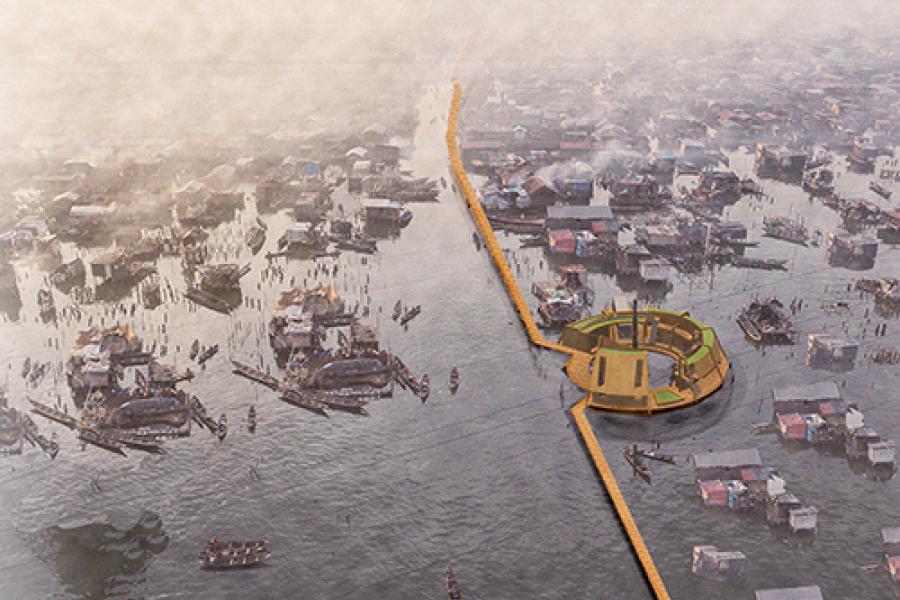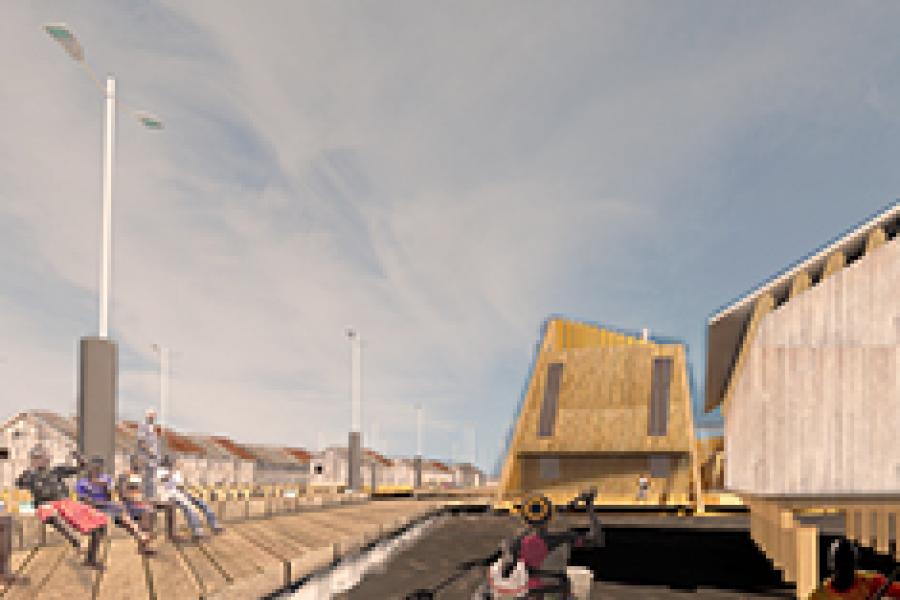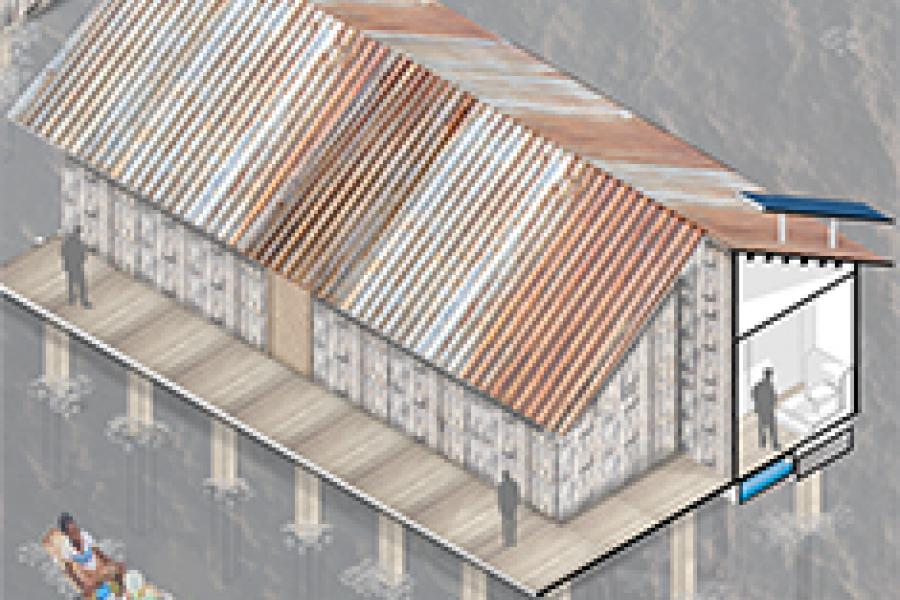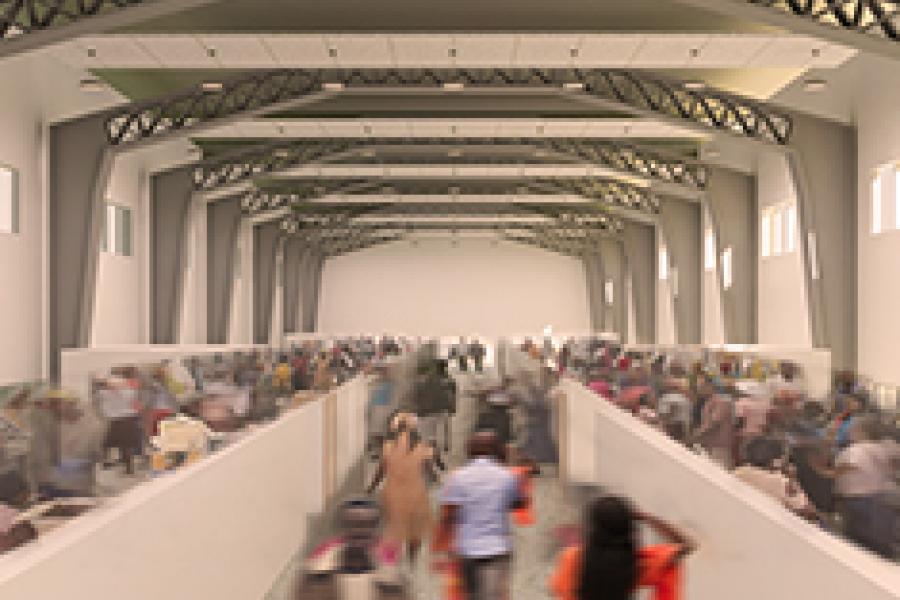Abel Omeiza
Advisor: Eduardo Aquino






Plug Infra-Structure: A Nucleus for Sustainable Development
Architecture cannot perform its role in the urban fabric effectively independent of Infrastructure. Infrastructure is the nucleus of any sustainable development, enabling the effective organization and growth of our cities. We tend to look at infrastructure as a precursor to architecture, and infrastructure has conventionally served as a base for urban development, but without considering rapid globalization and urbanization problems. Today we need to rethink the notion of Infrastructure as an interdependent set of organizational urban assemblies and strategies, to generate a design process and a type of architecture which is more aligned with long-lasting and self-sufficient cities. Today 55% of the global population resides in cities and by 2050 the UN has projected an increase to 68% with 90 % of this increase taking place in Africa and Asia. This is a call to action for us, to start to think about more innovative ways to approach planning and designing our cities for the future, and curtailing the already existing problems of informal settlements and slums. Informal settlements, slums and shantytowns highlight growing global inequality, but also show us the will, ingenuity, and fortitude of man to survive under some of the most adverse urban conditions, as it is observed in the shanty towns of Makoko, Lagos, Nigeria to the South American favelas in Brazil. What these places have in common is a lack of both physical and social infrastructure which is a basic right for every member of society. This thesis aims to develop a new meaning for infrastructure not as an independent part, but as an integrated part of the development of architecture. Discovering new ways of thinking, designing and building for the most deprived urban settlements using local indigenous techniques and materials, to promote self-sufficiency and sustainability for the future of our cities.
